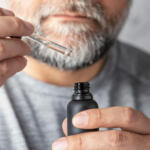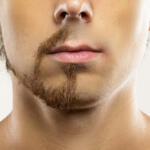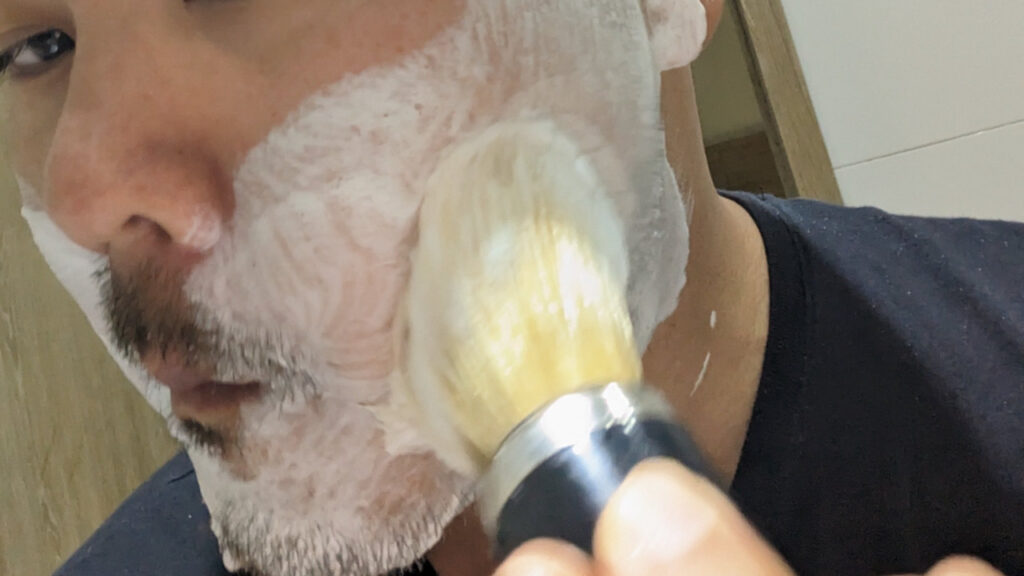
Shaving can be daunting for first-timers, with all the creams, soaps, and other products available. But don’t worry! We’re here to help with this blog post about how much shaving soap you should put on your face when you shave.
We’ll give you the best tips and tricks for applying just the right amount of shaving soap to get a smooth and close shave every time.
Understanding How Much Shaving Soap You Need
Shaving soaps are a great way to get a close and comfortable shave. When using shaving soap, you should be able to get around 90 shaves from a 4-ounce tub. It is important to ensure that you use the correct amount of shaving soap in order to get the best results.
Depending on the type of shaving soap and brush used, it may take some time to create the perfect lather. A concentrated soap will typically last longer and be more cost-effective per shave. To use your shaving soap, wet your brush and dip it deep into the lather, scooping up as much foam as possible.
Then apply it to the area you want to shave, using circular motions to create an even coat of foam. Following this process correctly should give you a great shave every time!
Factors that Affect How Much Soap You Need
The amount of shaving soap you need depends on several factors, such as the type of razor you use, the length of your facial hair, the amount of lather you prefer, and the quality of the shaving soap.
Type of razor
The type of razor you use when shaving affects how much shaving soap you need. For example, if you use a straight razor, you may need more soap for a thicker lather, as it will provide an extra layer of protection against cuts or nicks.
Alternatively, if you use an electric razor, you may require less soap as they are typically less harsh on the skin. Moreover, the type of razor can also affect how much lathering time is needed to create a thick and creamy foam.
Length of your facial hair
Regarding the length of your facial hair, it’s important to consider how much shaving soap you need. Typically, the longer your facial hair is, the more shaving soap you’ll need to cover your face adequately.
This is because longer facial hair is more stubborn and will require a thicker lather to soften and lift it from your skin properly. If you have a particularly coarse or thick beard, you may need more soap than usual for a successful shave.
Amount of lather you prefer
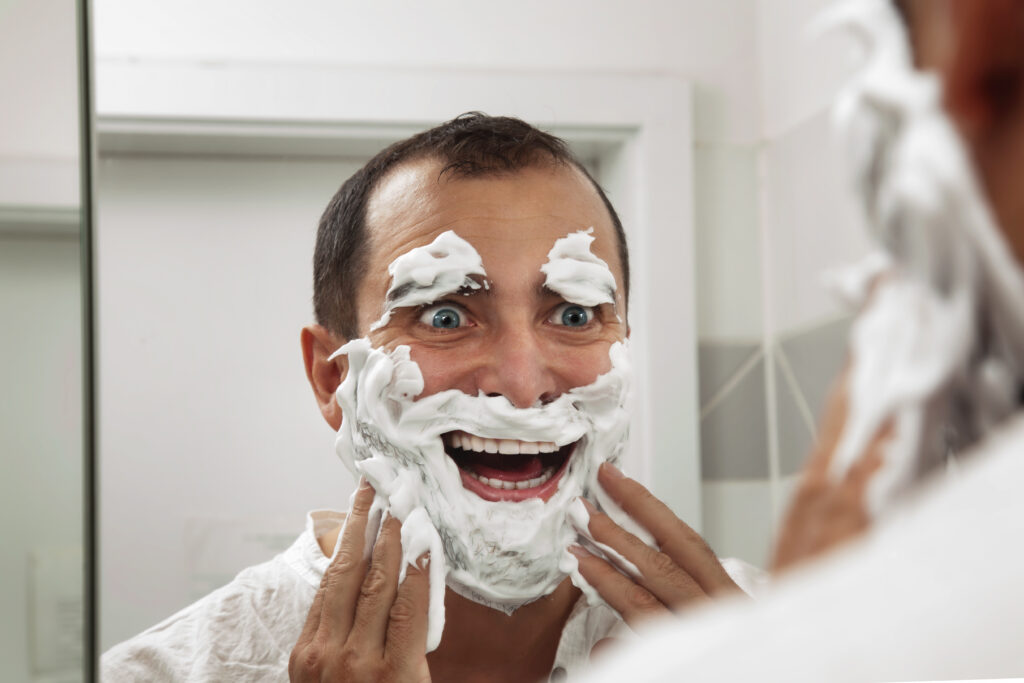
The amount of lather you prefer will also affect how much shaving soap you need. If you want a thick, creamy lather, you may need more shaving soap than just looking for a light coating on your face.
Lathering up too much can cause clogged pores and even razor burns, so it is important to find the right balance between the amount of lather and your comfort level. Preparing the right amount of lather can take some practice, but when done correctly, it will give you an enjoyable shaving experience every time.
Quality of the shaving soap
The quality of the shaving soap you use is important to consider when determining how much you need to put on your face. A good quality, natural shaving soap will provide a better lather and more cushioning than a lower-quality soap, which can result in less irritation and a smoother shave.
Many shaving soaps also contain natural oils that help condition the skin and essential vitamins and minerals that nourish the skin. Therefore, natural, high-quality shaving soap can help you get the best out of your shave and minimize any razor burn or irritation. Additionally, high-quality shaving soap will help you get the most out of each shave since it lasts longer than regular shaving creams or foams.
Preparing the Soap
Preparing the soap is essential for achieving the perfect shave. The key is to get the right amount of soap onto your face. This means softening the shaving soap first, which tends to be harder than regular bar soap. Let the soap soak in warm water in your shaving bowl for a few minutes.
Once you have softened it, use a brush to scoop up as much foam as possible and dab it onto the area you want to shave. Depending on the type of razor and length of facial hair, you may need more or less lather. The shaving soap’s quality will also affect how much you need. Once you have achieved your desired lather, massage it into your face with a soaped brush for a smooth shave.
Dipping the Brush into the Water
Wet your shaving brush (or pre-soak it) and add a few drops of water to the shaving soap in your bowl. Take it to your shaving bowl or mug and begin to swirl. You can always add more water, but you can’t take it away, so start with a small amount.
To create the lather you need for a smooth shave, dip the brush’s bristles into the water and swirl it around in the soap to soften and hydrate the bristles before you begin lathering up. The water will help soften and lift facial hair, making it easier to get a close shave, while the soap helps provide lubrication and protection against razor burn.
Once you’ve got a good bit of soap loaded up, dip the end of the brush tips in hot water to hydrate it more, then proceed to try to create a thick lather.
Creating the Bubbles
Creating bubbles is important in achieving a thick, warm lather when shaving. Depending on the shaving soap or cream you use, you may need to create bubbles by making small circles around the soap with your brush.
If you are using a hard shaving soap or a “croap” (the soap that is soft but not as soft as a cream), then make circular motions until you feel a slight resistance. Do several whirls until you feel that the soap is starting to give you resistance.
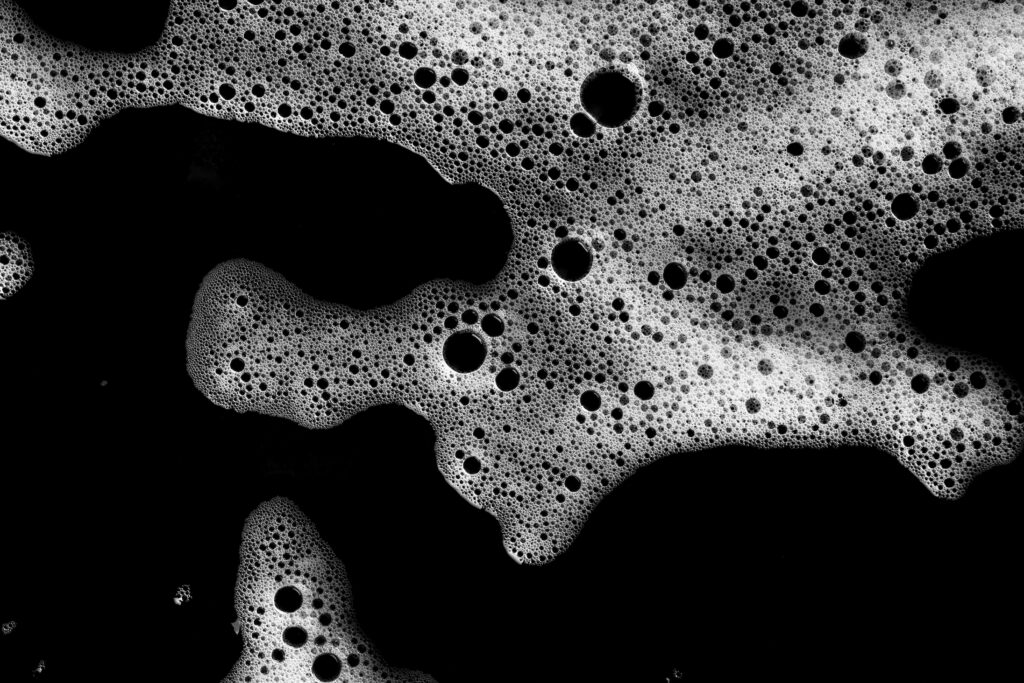
All these factors will help determine how much shaving soap you need on your face. Once you have achieved the desired lather with your bubbles, it’s time to apply the lather and massage it onto your skin.
Applying and Massaging the Lather with the Soaped Brush
Once you have achieved a thick, warm lather with your shaving soap, you can apply and massage it onto your face with the soaped brush. Start by pressing the brush firmly but not too hard against the skin, against the grain of your facial hair.
This will help lift the hair for a closer shave. Keep massaging until the areas you will shave are completely covered in lather. Once complete, you can begin shaving. By following these steps, you can ensure that you are using just the right amount of shaving soap for a close and comfortable shave.
Conclusion
In conclusion, it is important to understand how much shaving soap you need to put on your face when shaving. This will depend on various factors, such as the type of razor, the length of your facial hair, the amount of lather you prefer, and the quality of the shaving soap.
It is important to properly prepare and apply the shaving soap to get the best results. This includes dipping the brush into water and then into the lather to create bubbles and to achieve a thick, warm lather before applying and massaging it onto your face with the soaped brush.
By following these steps, you can ensure that you have a comfortable and enjoyable shave every time.
Last update on 2024-04-23 / Affiliate links / Images from Amazon Product Advertising API
Affiliate Disclosure: This post contains affiliate links, which means I may receive a small commission, at no extra cost to you, if you make a purchase using these links.

Jay Kang
Just because i'm asian does not mean I don't need shaving. I always wanted to grow a beard when I was young, now I need to shave because hair growth for me is a problem. I'm going through what every man will and has gone through before.



